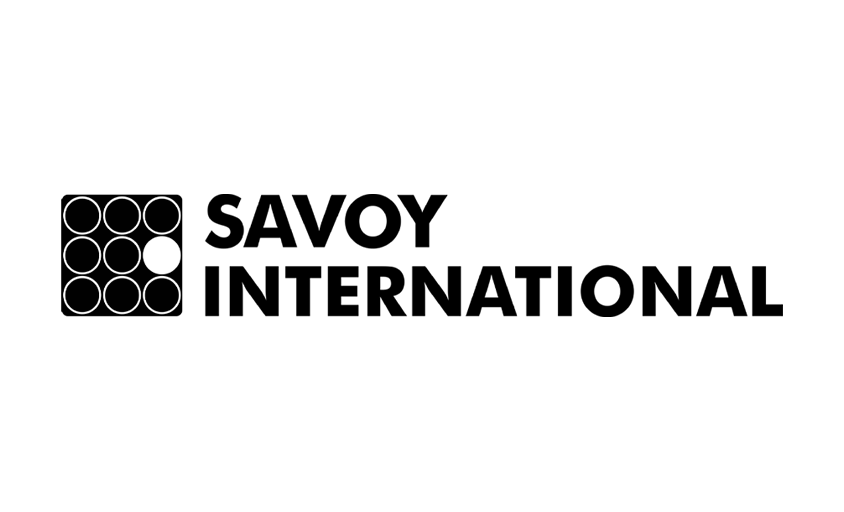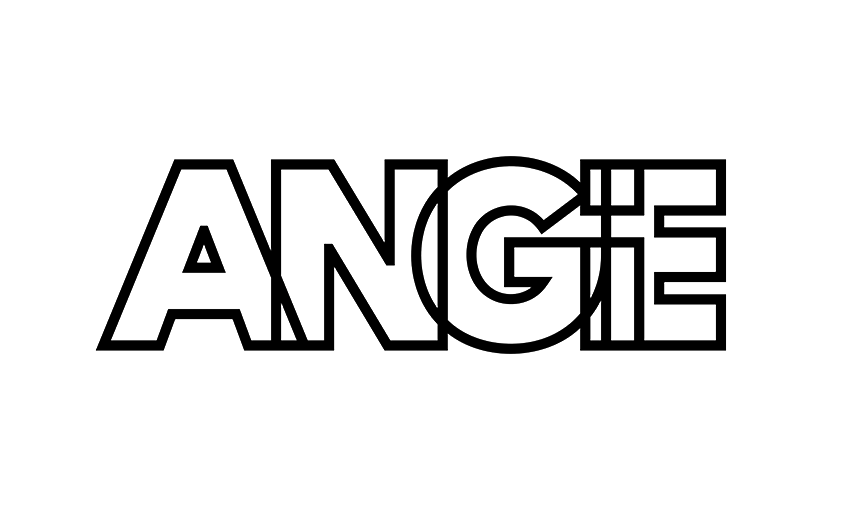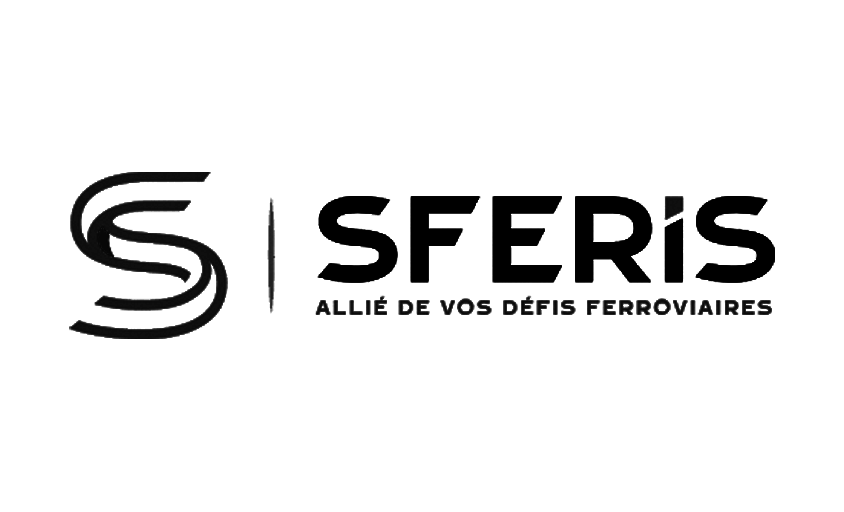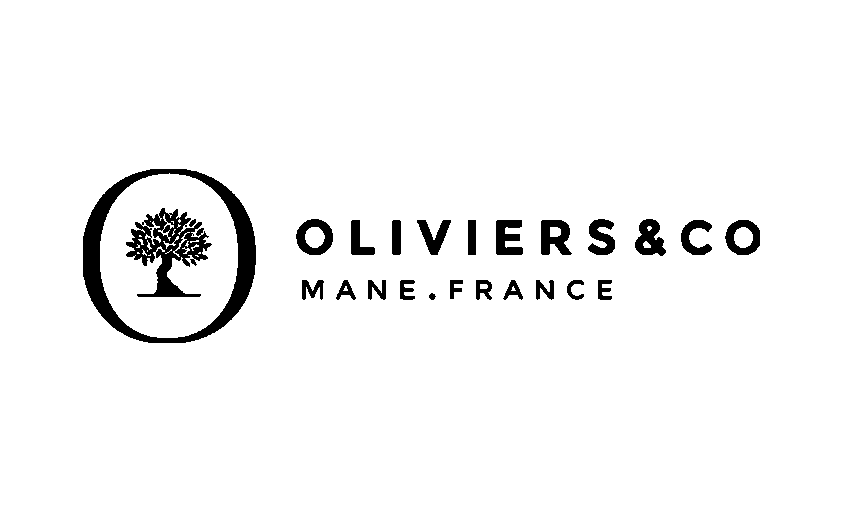Sequence
In this article :
In film and video, the term “sequence” holds significant importance, referring to a structured series of shots that, when assembled, tell a portion of the story, develop a specific idea, or depict a particular action. This key concept of visual storytelling allows directors and screenwriters to structure their work in a coherent and engaging manner.
Definition of a Sequence
Ordered Series of Elements
In its broadest sense, a sequence can be understood as an ordered series of elements that follow a predefined logic or order. In a cinematic context, these elements are shots or scenes that combine to form a distinct segment of the narrative or action.
Formation of a Coherent Whole
Each sequence functions as a coherent and often self-contained unit within the overall narrative, with a beginning, development, and sometimes a conclusion. It may focus on a specific event, a span of time, or a character’s development, contributing to the progression of the main story.
Role and Importance of Sequences
Sequences play several key roles in cinematic and video creation:
- Narrative Structure: They help organize the story logically, making it easier for the audience to follow and engage with the narrative.
- Visual Variety: By alternating sequences, filmmakers can vary the pacing and emotional intensity of the film, maintaining the viewer’s interest.
- Character Development: Sequences allow deeper exploration of characters, their motivations, and their evolution throughout the narrative.
Constructing a Sequence
Building an effective sequence requires careful planning:
- Scripting: Defining the purpose of the sequence within the story, its key points, and how it fits into the overall structure of the film or video.
- Technical Breakdown: Choosing the shots and camera angles that best capture the desired action or emotion.
- Editing: Assembling the shots in a way that allows the sequence to flow naturally, ensuring narrative continuity and clarity.
Conclusion
The sequence, through its ability to structure and enrich the narrative, is a fundamental element of cinematic language. It reflects the sequential nature of visual storytelling, where each segment contributes to building the film’s world, developing its plot, and emotionally engaging the viewer. Mastering the art of crafting compelling sequences is therefore essential for any filmmaker or screenwriter aiming to create memorable and impactful works.
Jérémy Carlo is the editorial director at Rétines, where he ensures the consistency and clarity of all content produced by the studio.
Our Clients
Let’s discuss
What we do for you at Rétines
Meticulous work, an organised project and fast delivery. And to achieve this, we mobilise the right resources in our teams at the right time.
01
Pre-production
Artistic and technical direction tailored to the project.
Relevant recommendations on content, form and resources.
02
Photo Shooting
Photos taken by our experienced photographers.
Production that’s controlled, efficient and tailored to the needs of the project, with nothing superfluous.
03
Retouching
Technique
Photographs magnified by our retouching team.
Post-production to meet the commercial challenges of the brief.












